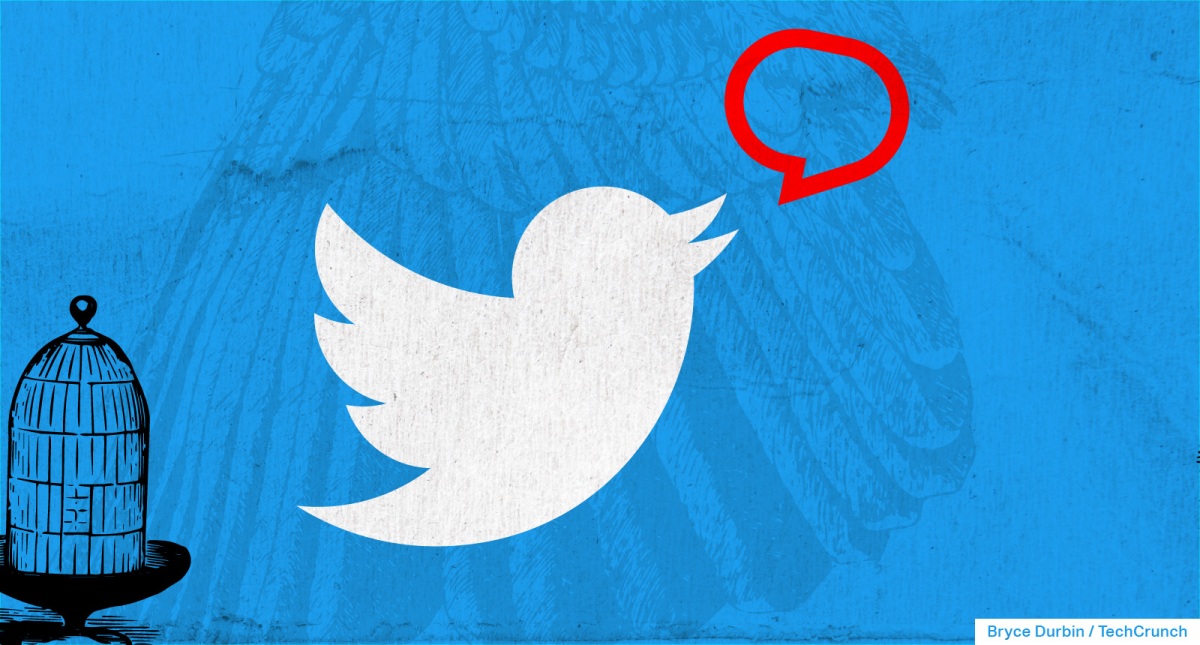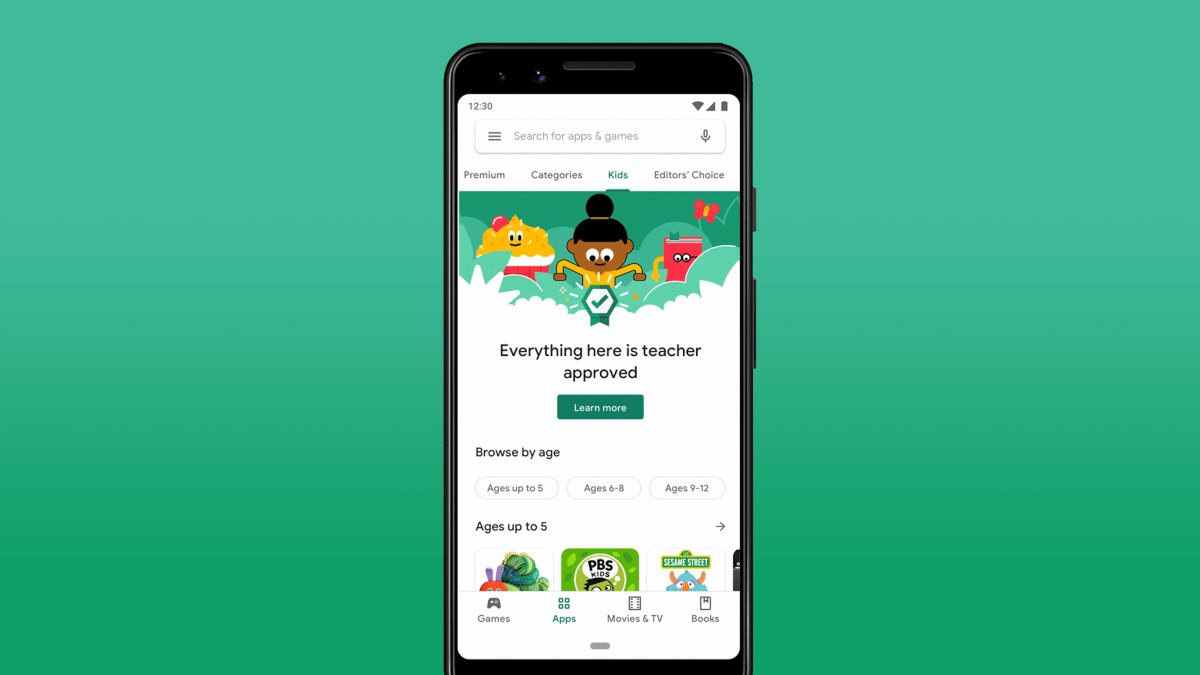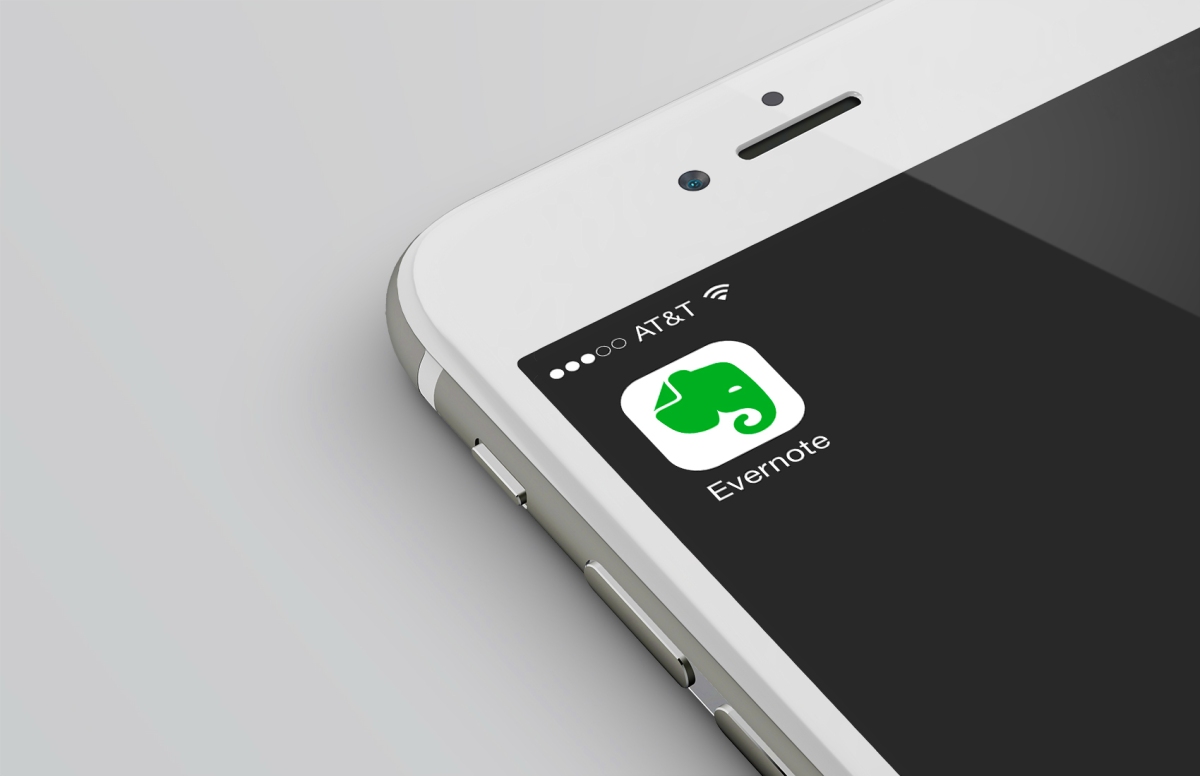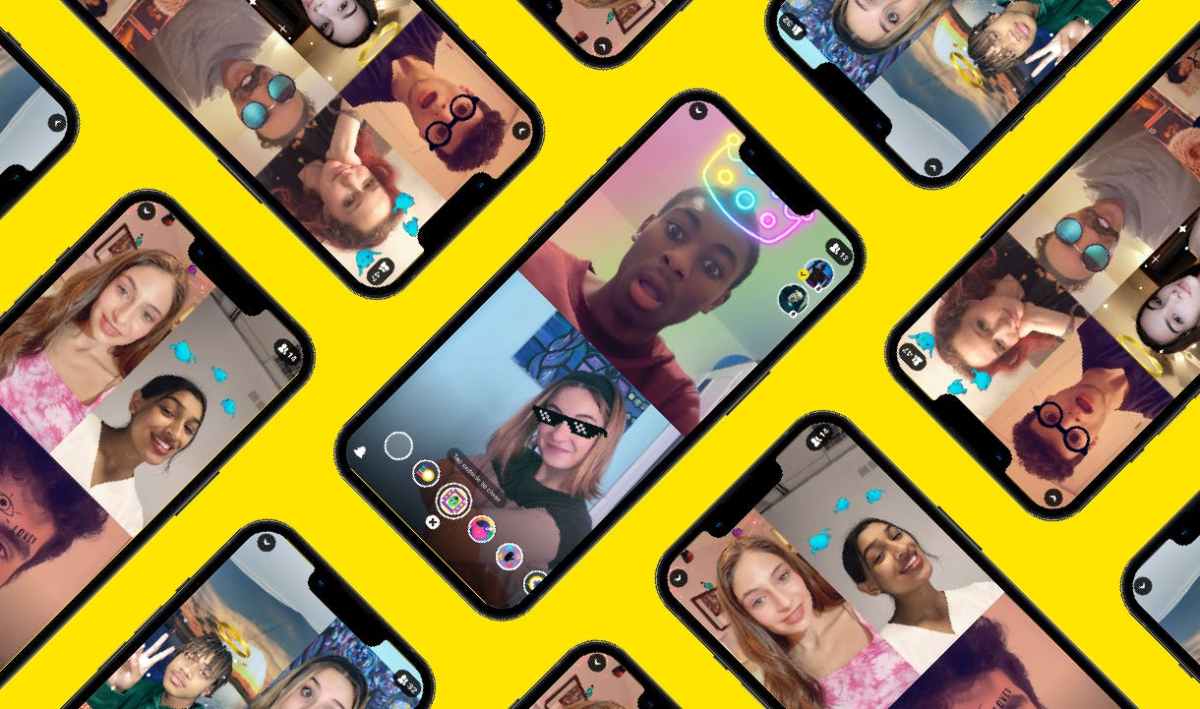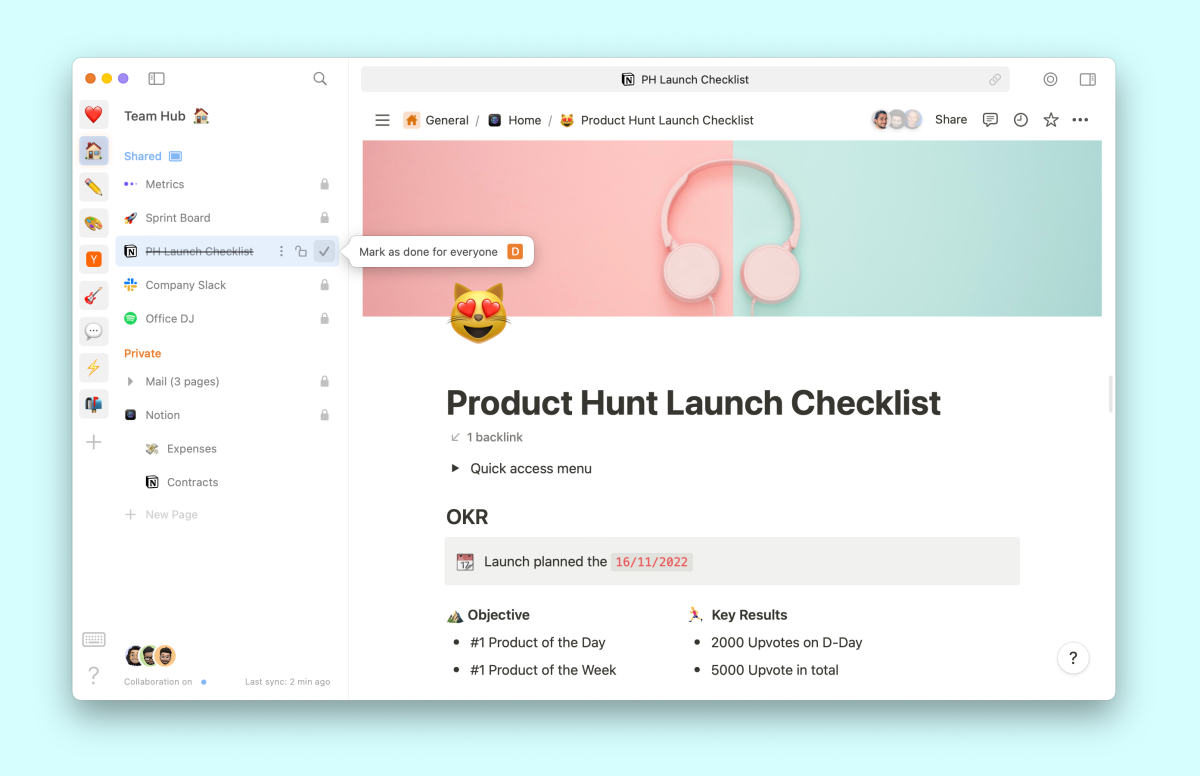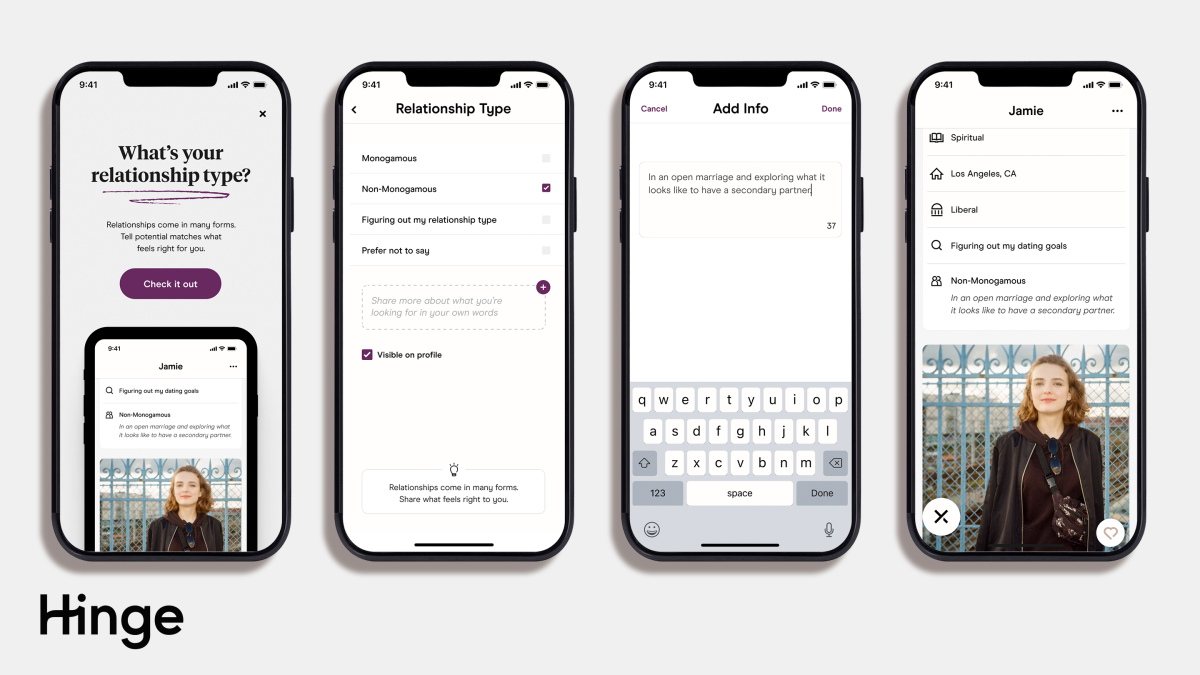Twitter is working on a feature to divide long text into a thread automatically • ZebethMedia
Composing a thread on Twitter can be challenging as you need to separate the whole text into 280-character chunks. However, the company now seems to be working on a solution to turn long-form text into a thread automatically. According to a tweet posted by app researcher Jane Manchun Wong, twitter’s composer will automatically break the text into a thread when it crosses the 280-character limit. Twitter is working on making Tweet composer automatically expand into a thread when the characters count is approaching the 280 characters limit — Jane Manchun Wong (@wongmjane) November 17, 2022 As she explained in a reply to a user (aka me), Twitter wants to reduce the friction of creating threads. Currently, users need to hit the + button to add a tweet to a thread and post the next set of 280 characters — which can be very annoying when you are trying out a thought or pasting info from another document. I guess the point is to reduce the friction so the user no longer need to tap that (+) button at every 280 characters — Jane Manchun Wong (@wongmjane) November 17, 2022 In the last few hours, a few folks pointed out difficulties in posting and reading threads that have more than a few tweets — the one in focus was an 82-tweet-long thread on the fallen cryptocurrency exchange FTX. Musk replied to these tweets saying that the team is working on making thread writing easier. While the final details of the implementation are not apparent, as Financial Times product manager Matt Taylor pointed out, it will be good to have markers to indicate the start and end of a tweet in the thread — that makes it easier for users to edit the text in a way that it doesn’t break the reading flow. I’m sure that people who use this feature appreciate the ability to select what each tweet starts and ends with. This sounds like it does away with that in the name of simplicity. This is another engineering solution to what is not an engineering problem, it’s an editorial one. — Matt ‘TK’ Taylor (@MattieTK) November 17, 2022 This is not the first time Musk has addressed the issue of posting long-form tweets. Earlier this month, he said the social network is working on the ability to attach long-form text to tweets. It’s not clear if that will be a separate feature from the new thread composer. Some users currently rely on third-party solutions like Typefully, ThreadStart, and Chirr App, which provide tools to automatically split your post into threads without breaking sentence flow along with scheduling features. The company currently offers Twitter Blue subscribers an easy way to read threads — powered by its acquisition of Threader last year. But Musk hasn’t really mentioned if he is making changes to the reading experience for an average user. Twitter already has a program for long-form writing called Notes, but only a select set of writers have access to that, and with Musk’s management, there is no clarity about its future. It’s not clear when the new composer feature for threads will roll out even if Twitter engineers are working on it at this moment. After taking over the company, Musk has fired half the staff — and more. Plenty of executives have resigned and the new boss even put an ultimatum yesterday that the remaining employees have to be “hardcore” or leave. In this environment, there is no guarantee that products will be shipped on time. The company rushed the rollout of the new Twitter Blue plan with a verification mark, only to discontinue the program days later. Earlier this week, Musk said that it will now roll out later this month. Wong also recently discovered code hinting that Twitter is working on making direct messages end-to-end encrypted.
